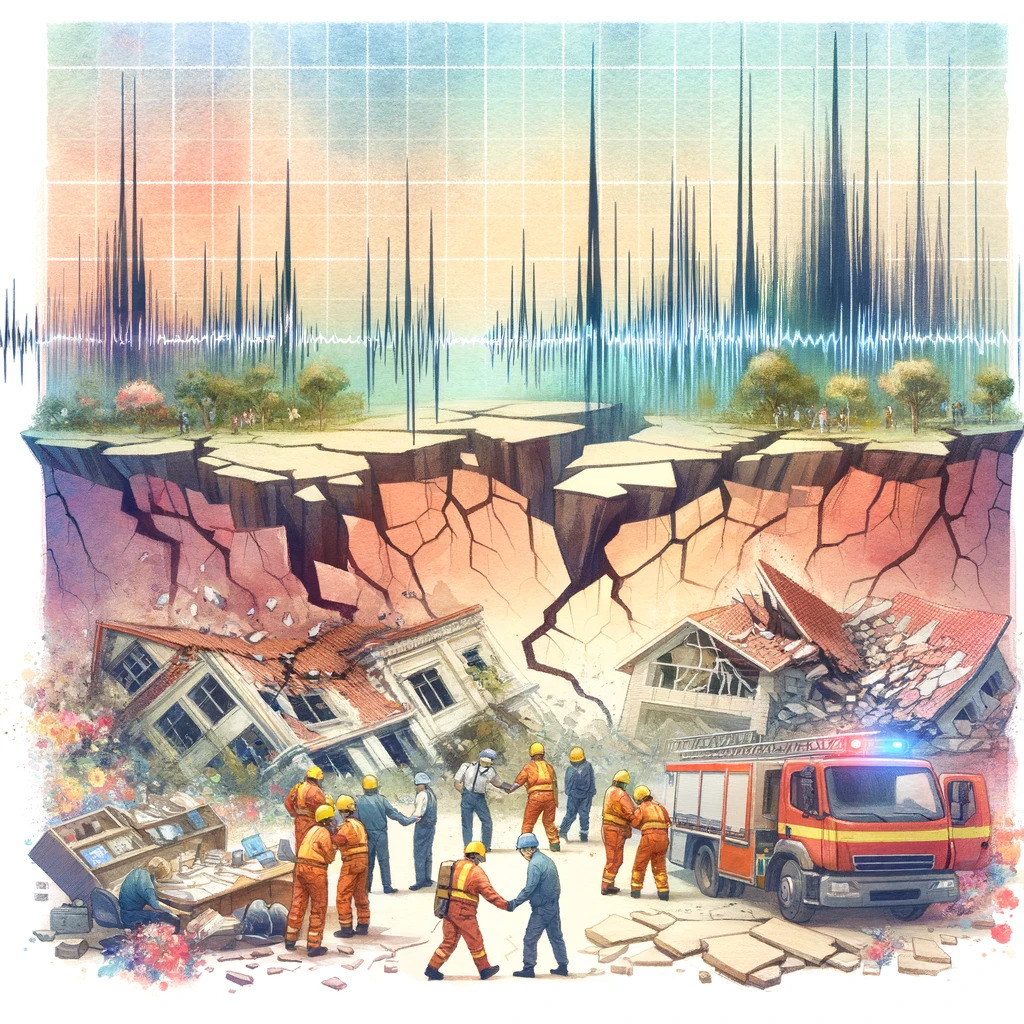Demography is a key aspect of human geography that deals with the study of population dynamics and trends. Understanding demography is crucial for effective policy-making and planning in any country. In this article, we will delve into the various components of demography, focusing on population growth, distribution, the demographic transition model, age structure, and population policies, with special reference to India.

Population Dynamics and Trends
Population growth refers to the increase in the number of individuals in a population. This growth can be analyzed globally and regionally, with significant variations across different parts of the world.
- Global Trends: Globally, the population has been growing steadily, driven primarily by high birth rates in developing countries. In contrast, many developed countries are experiencing slower growth or even population decline due to lower birth rates and higher life expectancy.
- India’s Population Growth: India, the second-most populous country, has seen rapid population growth over the past century. However, the growth rate has been declining in recent years due to various factors.
Factors Influencing Growth Rates
- Birth Rates: High birth rates in some regions contribute to population growth. Cultural, religious, and socio-economic factors often play a role.
- Death Rates: Improved healthcare and living conditions have reduced death rates, contributing to population growth.
- Immigration and Emigration: Migration affects population growth. Countries with high immigration rates experience population growth, while those with high emigration rates may see a population decline.

Population Distribution
Population distribution refers to how people are spread across a given area. This distribution is influenced by several factors, resulting in uneven patterns globally and within countries.
- Spatial Distribution Patterns: Some areas, such as urban centers and coastal regions, have high population densities, while others, like deserts and mountains, have sparse populations.
Factors Affecting Distribution
- Climate: Favorable climates attract higher populations due to better living conditions and agricultural opportunities.
- Topography: Flat and fertile land supports agriculture and settlements, leading to higher population densities.
- Soil and Water Availability: Access to fertile soil and water resources is crucial for sustaining populations.
- Economic Activities: Regions with abundant economic opportunities, such as industrial and commercial hubs, attract larger populations.
Demographic Transition Model
The demographic transition model explains the transformation of countries from high birth and death rates to low birth and death rates through four stages:
- Stage 1 (Pre-Industrial): Characterized by high birth and death rates, leading to a stable and low population growth.
- Stage 2 (Transitional): Death rates decline due to improved healthcare and sanitation, while birth rates remain high, causing rapid population growth.
- Stage 3 (Industrial): Birth rates start to decline as a result of changes in social norms, increased access to contraception, and economic development, leading to slower population growth.
- Stage 4 (Post-Industrial): Both birth and death rates are low, resulting in a stable population with low growth rates.

Implications for Population Policies and Economic Development
- Stage 2: Focus on healthcare improvements and reducing infant mortality.
- Stage 3: Emphasis on family planning and education.
- Stage 4: Addressing aging populations and maintaining economic stability.
Age Structure and Population Pyramid
The age structure of a population is depicted through population pyramids, which show the distribution of different age groups.
- Understanding Age Structure: The age structure provides insights into the population’s dependency ratio, potential workforce, and future population trends.
- Interpreting Population Pyramids:
- Expansive Pyramids: Wide base, indicating high birth rates and a large young population.
- Constrictive Pyramids: Narrower base, indicating declining birth rates and a large elderly population.
- Stationary Pyramids: Uniform shape, indicating low birth and death rates with a balanced age distribution.
- Implications for Policy-Making:
- Youth Bulge: Policies focusing on education, employment, and healthcare for young populations.
- Aging Population: Policies addressing healthcare, pensions, and support services for the elderly.
Population Policies
Population policies aim to manage population growth and address demographic challenges.
Overview of Population Policies
- Pro-Natalist Policies: Encourage higher birth rates through incentives such as tax benefits, parental leave, and child allowances (e.g., France, Sweden).
- Anti-Natalist Policies: Aim to reduce birth rates through family planning programs and awareness campaigns (e.g., China’s One-Child Policy).
India’s Family Planning Programs
- History and Implementation: India launched its family planning program in 1952, focusing on promoting contraception and reproductive health.
- Success and Challenges: While there has been significant progress in reducing birth rates, challenges remain in terms of accessibility, cultural resistance, and awareness.
- Way Forward: Continued emphasis on education, women’s empowerment, and healthcare access is essential for sustaining population control efforts.
Conclusion
Understanding the various aspects of demography is crucial for effective policy-making and planning. Population growth, distribution, the demographic transition model, age structure, and population policies all play significant roles in shaping a country’s socio-economic landscape. In the context of India, these factors are particularly important given its large and diverse population. Addressing demographic challenges through informed policies can lead to sustainable development and improved quality of life for the population.



